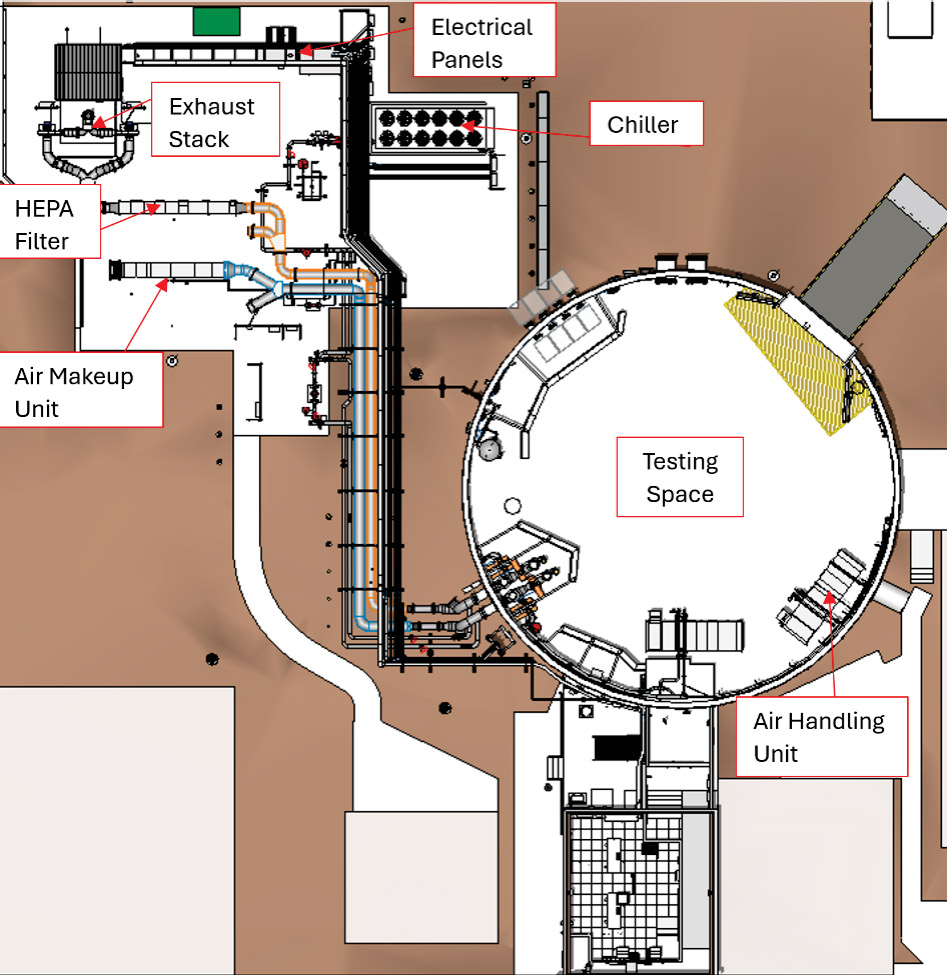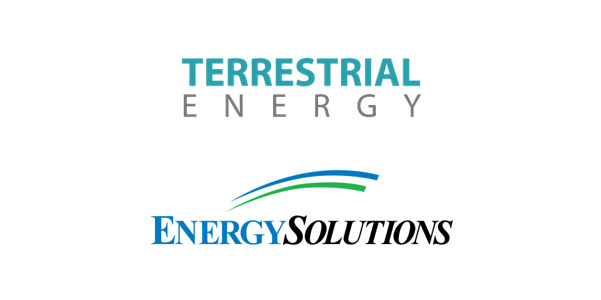Insights from the DOME draft EA on EBR-II’s second life as a reactor test bed

On October 8, the Department of Energy’s Idaho Operations Office released the draft environmental assessment (EA) Demonstration of Microreactor Experiment (DOME) Test Bed Operations. The draft EA assesses the potential environmental impacts of plans to use the containment dome of the former Experimental Breeder Reactor-II at Idaho National Laboratory’s Materials and Fuels Complex (MFC) to test multiple TRISO-fueled advanced reactor designs on a micro scale.
The DOE Office of Nuclear Energy’s National Reactor Innovation Center (NRIC) plans to support advanced reactor testing within DOME by assisting in the development of advanced nuclear reactor projects, integrating projects into the DOME test bed, operating the project reactor, and dispositioning project components and waste and storing spent nuclear fuel.
From EBR-II to DOME: The EBR-II was built to demonstrate the safety and feasibility of fast reactors for power generation. Construction began in 1958 and was completed in 1961, but it wasn’t until 1964 that the reactor—designed to reach 62.5 MWt and 20 MWe—began operation. It operated for 30 years, until funding was terminated by Congress in 1994. The building and dome were ready for final demolition by 2016, according to INL, but those plans were called off when the facility was transferred from the DOE’s Office of Environmental Management to the Office of Nuclear Energy in 2018.
“The EBR-II facility was scheduled for demolition in 2019. However, that same year, INL identified the need for increased facility availability for potential future research activities and refurbished the EBR-II facility to support potential future projects,” according to the draft EA.

DOME test bed major equipment locations and designated yard area. (Graphic: Demonstration of Microreactor Experiment [DOME] Test Bed Operations, DOE/EA-2268, Fig. 6.)
Reconfigured as the DOME test bed, the structure of about 5,000 square feet has a diameter of 80 feet and is 100 feet tall. It is constructed of 1-inch steel plating with a 1-foot-thick reinforced concrete inner structure. The DOME’s gleam comes from three layers of aluminum paint applied in 2020 as part of a refurbishment project that included laying a new floor inside the structure. Take a look at DOME with this virtual tour.
Test plans: Potential DOME users must submit a proposal that includes the experiment’s design, funding, authorization plan, regulatory compliance strategies, and expected support from other entities. The DOE “gives the final authorization for all reactor projects” based on criteria including reactor type and size, technology maturity level, fuel availability, previous industry experiences, company profile and funding levels, and funding source and viability. INL’s MFC would serve as the operation and maintenance facilitator for the DOME test bed.
Many of those criteria are set by DOME’s plant parameter envelope (PPE), which defines the operational, engineered, and site parameters that bound the characteristics of any reactor project using the DOME test bed. The DOME test bed is designed to act as a containment structure for the testing of advanced reactor experiments capable of producing energy up to 20 MWt and is considered a DOE Hazard Category 2 nuclear facility.
The DOE expects DOME’s advanced reactor experiments to be “factory manufacturable and easily transported to the INL site for integration into the DOME test bed.” The operational life of a DOME reactor test will be about 6–24 months, according to the draft EA.
Testing with TRISO: All reactors tested within the DOME will use TRISO particle fuel with a uranium enrichment of less than 20 percent, according to the draft EA. That TRISO “would be manufactured under the direction of INL personnel according to the user and INL specifications,” but no manufacturer is specified. The TRISO fuel would be shipped to INL using “shipping containers that meet applicable NRC and U.S. Department of Transportation (DOT) requirements for shipping radiological material.”
The test reactors would be “fueled inside an existing facility at MFC following project-specific procedures,” and once the project is complete “would be defueled at the INL site.” The DOE anticipates that a total of 10.4 metric tons of irradiated fuel will be stored and managed at the INL site following the tests.
Learn more and comment: Having completed the draft EA for DOME, the DOE can now determine if the potential environmental impacts of its operation are significant to human health and the environment—requiring an environmental impact statement (EIS)—or if a finding of no significant impact (FONSI) is appropriate.
A public comment period is open from October 8 through November 7. Comments can be sent to DOMEEA@id.doe.gov.







